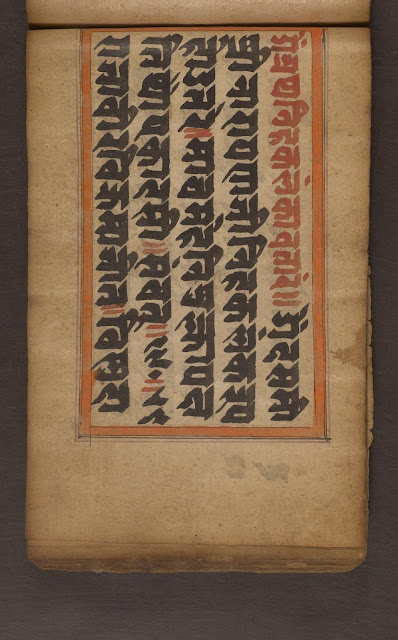
The Matriculation Register of the Basel Rectorate,
from Basel University -founded in 1460, it is Switzerland's oldest university-,
has been recorded in manuscript form from 1460 to 2000 (!!). Not sure about the last years, no info is available about this codex-register on
Basel University official web site (or at least I couldn’t find).
The register contains semester and annual information notices added by each successive rector as well as lists of enrolled students, providing an important resource for the history of the University of Basel.
First three volumes are richly illuminated, not the rest of volumes of this collection. (Images on this posts are mainly from volume one and three, where I could find the most lavish color illuminations). The work of 3 centuries is easily datable due to the chronogical order in which it was added and thus provides a welcome demonstration of the art of miniature painting in Basel.
Additional technical information about the codexes: Format: 29 x 20,5 cm, number of pages is variable (volume 1 has 232), Page layout: writing space and number of lines alternately. Student lists are often not from the same hand. Page titles are usually available, some written by the individual principals, partly. Does not contain handwritten messages by students.
An easy option for an intro to the Basel University is wikipedia (link here).
For a high resolution, pdf version of this manuscript, contact me (facsimilium AT gmail DOT com).
As a curious note, some of the persons that appear on the ALUMNI LIST:
Emil Abderhalden (1877–1950), Swiss biochemist and physiologist
Paul Erdman (1932–2007), American business and financial writer
Carl Jung (1875–1961), Swiss psychiatrist, and founder of Analytical Psychology
Michael Landmann (1913–84), Swiss philosopher
Yeshayahu Leibowitz (1903–94), Israeli public intellectual and polymath
Alice Miller, psychologist and author
William Theilheimer (1914–2005), German scientist
Paul van Buren (1924–98), American Christian theologian and author
Iona Yakir (1896–1937), Red Army commander
Erasmus, Paracelsus, Daniel Bernoulli, Jacob Burckhardt, Leonhard Euler, Friedrich Nietzsche, Eugen Huber, Carl Jung, Karl Barth, Hermann Peter, Hans Urs von Balthasar are also mentioned on the register (sometimes as collaborators, in the alumni list, etc.)











































_P%C3%A1gina_049.jpg)
_P%C3%A1gina_053.jpg)
_P%C3%A1gina_055.jpg)
_P%C3%A1gina_087.jpg)
_P%C3%A1gina_093.jpg)
_P%C3%A1gina_085.jpg)



